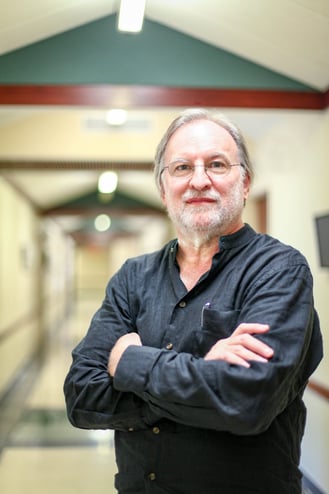About the Book
Computational Science: An Introduction for Scientists and Engineers guides students in the biological, physical, social, and engineering sciences in developing core computational science competencies identified by NSF-sponsored high performance computing education programs. These competencies involve three primary themes: developing problem-solving abilities, creating and exploring, through computation, mathematical models and simulations, and using effective scientifc visualization to discover and communicate information about models and data. After an initial description of basic computational thinking concepts and the Python programming environment that will be used, the book cycles between describing a problem from science or engineering, developing a model that assists in solving the problem, and developing the programming tools required for exploring the behavior of the model including scientific visualization techniques.
Christopher D. Wentworth is Professor Emeritus of Physics at Doane University, where he taught physics, computational science, and engineering courses for over 34 years. He earned a Bachelor of Science in Physics from Duke University and a Ph.D. in Theoretical Physics from Florida State University. His research interests while in graduate school and during post-doctoral work at Florida State University and at the University of Leiden involved developing models of magnetic materials using the tools of quantum statistical mechanics. This research was heavily computational in nature involving computational symbolic mathematics and Monte Carlo simulations. After moving to Doane University (then called Doane College), his major interest became physics education research. Developing interest and expertise in computational science was an important part of this work and continues to be a significant teaching interest. More recently, his research includes developing mathematical and computational models of biofilm growth and other topics in condensed matter physics and biological physics.
About the Author


